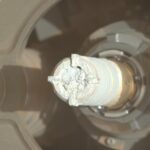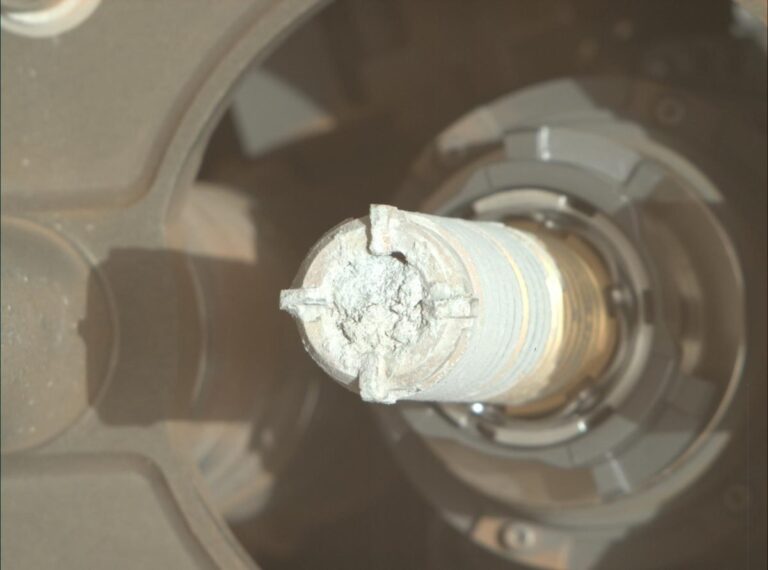The human brain remains one of the most complex and enigmatic structures in the universe. Scientists have long been fascinated by its intricate network of neurons, synapses, and circuits that govern every aspect of human life. Despite centuries of research, unlocking the brain’s secrets has proven to be a formidable challenge.
However, recent advancements in neuroscience have brought us closer than ever to understanding this biological marvel. One such innovation is a revolutionary light probe so thin it is invisible to the naked eye.What Is the Invisible Light Probe?Developed by a team of cutting-edge researchers, this ultra-thin light probe is a marvel of modern technology. Its microscopic size allows it to interact with individual neurons without causing damage or disruption to surrounding tissues.
Unlike traditional probes, which are bulky and often invasive, this new device can seamlessly integrate into the brain’s delicate structure.Made from biocompatible materials, the probe uses advanced photonics to emit and detect light signals. These signals interact with the brain’s neurons, enabling scientists to study neural activity in real-time with unprecedented precision.Applications in Neuroscience
The potential applications of this invisible light probe are vast and transformative.
1. Understanding Brain DisordersResearchers are using the probe to study neurological disorders such as Alzheimer’s disease, epilepsy, and Parkinson’s disease. By observing how neurons communicate during different stages of these conditions, scientists hope to identify new therapeutic targets.
2. Advancing Brain-Machine InterfacesThis probe could be a game-changer for brain-machine interfaces, which aim to connect the human brain with external devices. This technology could pave the way for more effective prosthetics, communication tools for individuals with disabilities, and even mind-controlled devices.3. Decoding ConsciousnessOne of neuroscience’s greatest mysteries is the nature of consciousness.
The light probe provides a powerful tool to explore how neural circuits generate conscious experiences, potentially answering questions that have baffled scientists and philosophers for centuries.Challenges and Ethical ConsiderationsWhile the potential benefits of this technology are immense, it also raises important ethical questions. How should the data collected from such devices be used? Who owns the information about an individual’s neural activity? Furthermore, the probe’s invasiveness, although minimal, still poses risks that need to be carefully managed.Despite these challenges, the invisible light probe represents a monumental leap forward in our ability to study the human brain.
As research progresses, it is poised to unlock insights that were once thought to be beyond our reach.—Asteroid, Comet…or Something Else? Mysterious Activity on an “Oddball” Space Object Raises New QuestionsThe universe is a vast and mysterious expanse, home to celestial phenomena that continue to defy our understanding. One such enigma has recently captured the attention of astronomers—a peculiar space object exhibiting behaviors that challenge conventional classifications. Is it an asteroid?
A comet? Or something entirely different?The Discovery of the “Oddball”This strange object was first detected by astronomers using high-powered telescopes designed to survey the night sky. At first glance, it resembled a typical asteroid, a rocky body orbiting the sun. However, closer observation revealed unusual activity: the object was emitting gas and dust, a characteristic usually associated with comets.What sets this object apart is its erratic

















+ There are no comments
Add yours